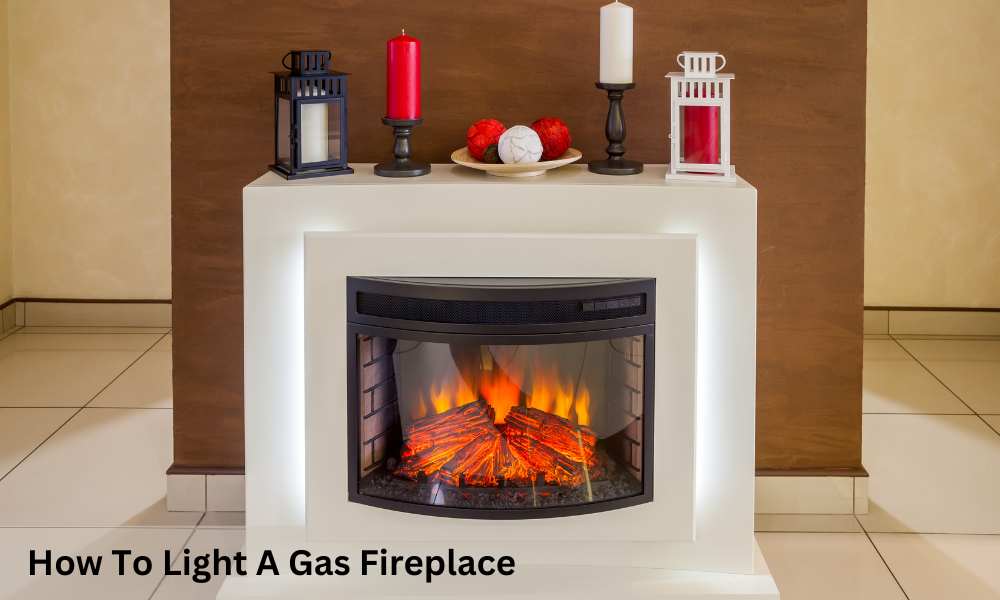Welcome to our blog! If you’re tired of the chilly nights And longing for A cozy ambiance in your living space, Then learning how to light A gas fireplace is just what you need. Gas fireplaces offer the perfect combination of convenience and comfort, Providing warmth at the flick of A switch. In this guide, We will take you through A step-by-step process to ensure A safe And efficient ignition. From preparing the fireplace and checking the gas supply to lighting the pilot light and adjusting the flame, We’ve got you covered. Whether you’re A first-time gas fireplace owner or looking to refresh your knowledge, our instructions and tips will help you create A welcoming And inviting atmosphere in your home. So, let’s embark on this journey and infuse your life with a renewed sense of warmth and comfort!
What Is A Gas Fireplace?
A gas fireplace is a heating appliance that uses natural gas or propane to produce flames and generate heat. It is designed to mimic the look And feel of A traditional wood-burning firebox without the hassle of wood gathering And cleanup. Fuel fireplaces offer convenience and efficiency, allowing users to control the flame and heat output with A switch or remote control. They come in various styles, including inserts that can be installed into existing fireplaces or standalone units that can be placed anywhere in a room. Fuel fireplaces provide a clean and hassle-free alternative for those seeking warmth and ambiance in their homes.
Lighting With A Control Panel
1. Read The Manual

This procedure is to reattach the front panel of the fireplace. This protective cover is designed to shield you and your surroundings from the open flames and to maintain the aesthetic look of your firebox Ensure that it is securely fastened, and check that no fuel odor is noticeable before leaving the firebox unattended. Should you detect any smell of fuel, shut everything off immediately and contact a professional. With the front panel in place and the fire blazing, you can now sit back, relax, and bask in the warm and welcoming atmosphere your fuel firebox provides.
2. Locate And Open Your Fireplace’s Control Panel
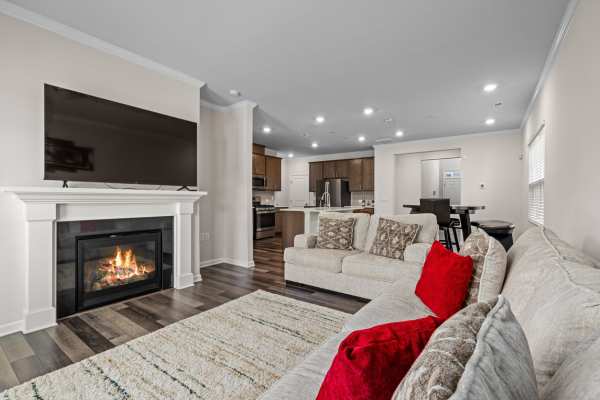
The heart of your fuel fireplace’s operation lies within its control panel, which is usually hidden behind the fireplace’s bottom or side covers. This panel houses the controls for your fireplace’s ignition and gas flow. Once you locate this panel, open it carefully. It’s important to treat all parts of your firebox with care to prevent any unintentional damage.
3. Turn Control Gas Valve Knob to “OFF”
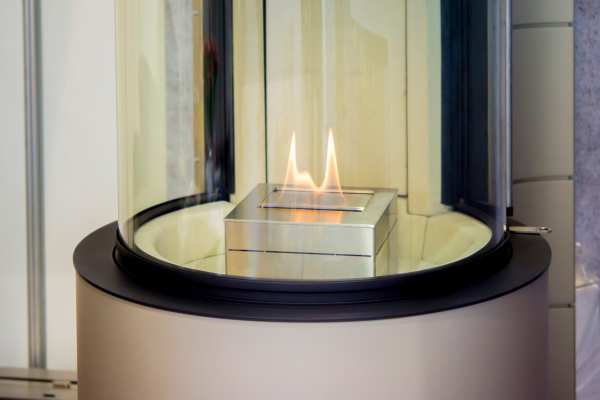
Within the control panel, you’ll find the control gas valve knob. This knob regulates the gas flow to your fireplace and is crucial for its operation. The “OFF” position turns The first step in the lighting process is to ensure this knob. This is a safety measure to ensure no gas is flowing as you prepare to light the fireplace. Remember, turning knobs within the control panel should always be done gently and patiently to avoid damaging the fireplace’s internal mechanisms.
4. Wait 5 Minutes
After ensuring the gas is off, It’s vital to wait approximately five minutes before proceeding to the next step. This waiting period allows any residual fuel within the fireplace to clear out, Eliminating the risk of fuel build-up which could potentially lead to A dangerous situation. Use this time to clear the area of any flammable materials And ensure your surroundings are ready And safe for lighting the firebox.
5. Hold Gas Valve Control Knob and Click The Ignition Switch
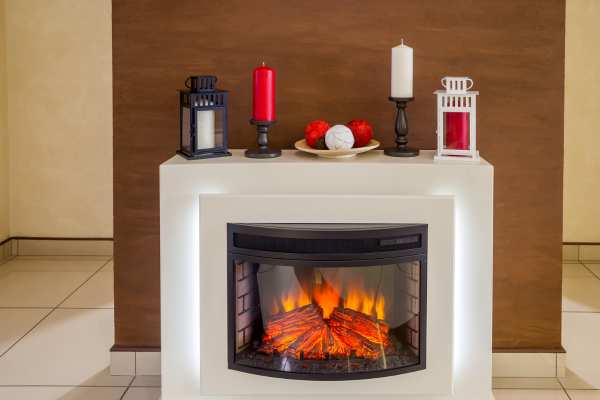
Following the manipulation of the shutoff valve, proceed to the control knob. This knob is typically located on the front or side of the fireplace. Press and hold the gas valve control knob. While doing so, click the ignition switch (often a red or black button) adjacent to it. This action produces a spark in the firebox that will ignite the gas. Don’t worry if the firebox doesn’t ignite immediately. It may take several tries before the fuel reaches the ignition source. Patience is key; safety and accuracy are more important than speed in this process.
6. Hold The Control Knob Down For At Least 30 Seconds
After A successful ignition, Don’t release the control knob just yet. It’s critical to hold the control knob down for at least 30 seconds. This allows the thermocouple, A safety device in your gas fireplace, To heat up. The thermocouple needs to reach a certain temperature to verify the presence of a flame. If it doesn’t sense A flame, it will shut off the gas supply to prevent a potential leak. Thus, it’s necessary to wait and give the thermocouple adequate time to gauge the flame’s heat. This delay is a crucial aspect of safely light your gas fireplace.
7. Reattach Front Panel
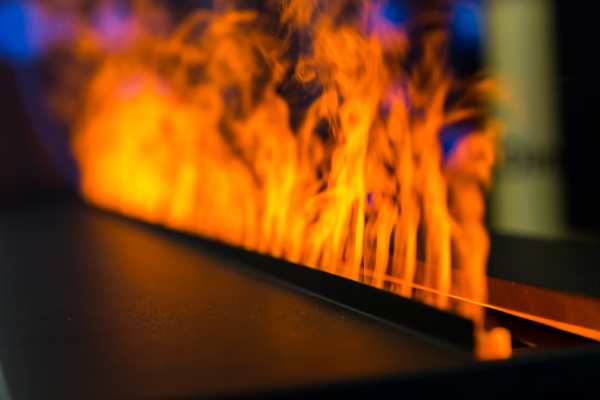
This procedure is to reattach the front panel of the fireplace. This protective cover is designed to shield you and your surroundings from the open flames and to maintain the aesthetic look of your firebox, Ensure that it is securely fastened, and check that no gas odor is noticeable before leaving the firebox unattended. Should you detect any smell of fuel, shut everything off immediately and contact a professional. With the front panel in place and the fire blazing, you can now sit back, relax, and bask in the warm and welcoming atmosphere your fuel firebox provides.
Igniting With A Fireplace Key
1. Look Over The User Manual Included With Your Fireplace
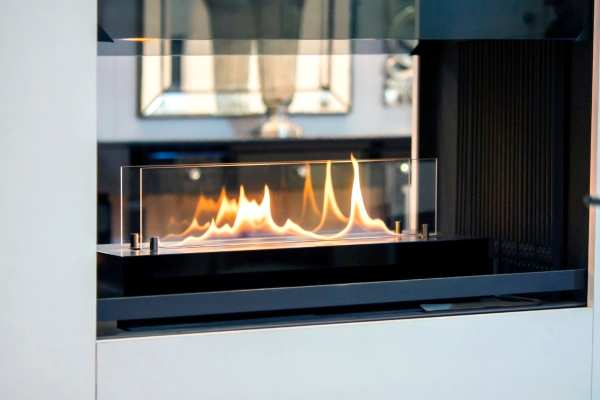
Understanding your fireplace’s unique operation is crucial before attempting to light it. This involves reading through the user manual carefully. The manual contains specific instructions on operation, maintenance, and safety guidelines for your particular model. It’s your go-to document for resolving any confusion. If you’ve misplaced your manual, don’t worry. Many manufacturers now provide digital versions online, easily accessible with a simple search. Spend a good 10-15 minutes going through the manual to ensure you understand the nuances of your specific firebox.
2. Remove your fireplace’s outer cover
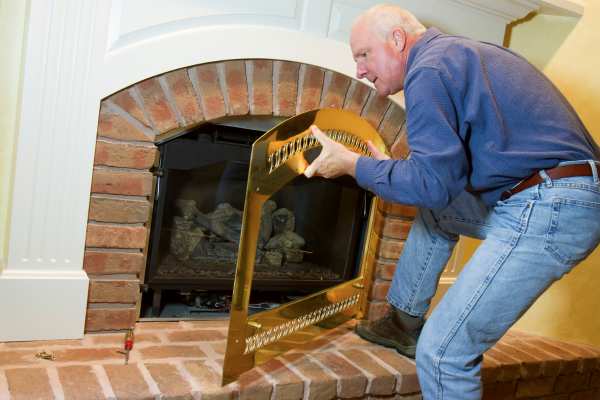
The next step involves safely removing the outer cover of the firebox. This cover, often referred to as a screen or glass front, protects your living space from the open flames. Most covers are designed for easy removal and cleaning, but make sure the firebox is completely cool before you start – safety first. When removing the cover, Handle It gently to avoid damage. Carefully place It to one side, Ensuring It’s not in A position where It could be knocked over or cause A tripping hazard.
3. Put a fireplace key into the device’s gas valve knob
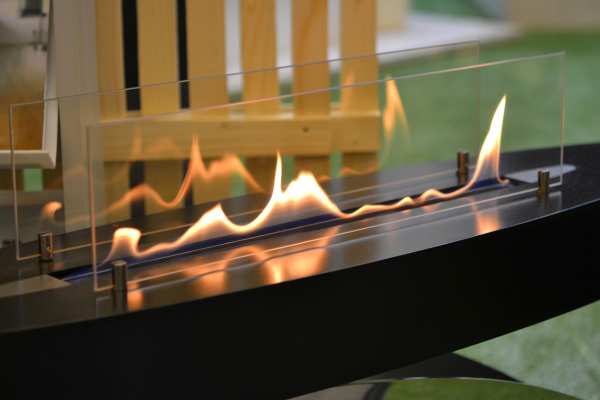
The key to your fuel fireplace is not just metaphorical; so there is a physical key required, This key is designed to fit into the gas valve knob located near the firebox, often on the floor or on the wall nearby. The key and knob system regulates the flow of fuel and controls the size of the flames. Hence the fuel valve knob is typically a hexagonal metal piece. Carefully insert the firebox key into the knob, ensuring it fits correctly. Handle the key gently as exerting too much force could damage the mechanism, leading to operational issues down the line.
4. Hold a long lighter up to the burner and ignite it
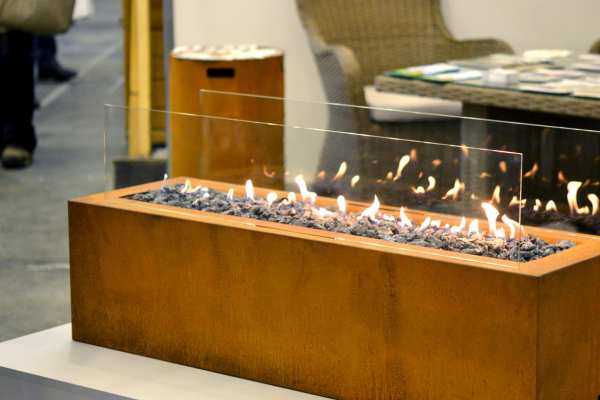
Now that your gas is ready to flow, It’s time to ignite your fireplace. Some fireplaces come equipped with an ignition button. If yours doesn’t have this feature, You’ll need an external source. A long lighter, Often used for grilling or candle-lighting, is A perfect tool due to its length and safety. It keeps your hand at A safe distance from the emerging flames. Position the flame of your lighter close to the burner, taking care not to lean too close. As soon as you see the pilot light ignite, withdraw the lighter. This step may take A few tries, But be patient. Light A gas fireplace is an art form in Its own right.
5. Turn the gas key
With the flames flickering merrily away, you now have control over your fire. By turning the gas key, you can control the gas flow and therefore, the size of your flames. If you desire a robust, warm fire, turn the key clockwise for more gas. For a more subdued, romantic effect, turn the key counter-clockwise to reduce the fuel flow. Be aware that these should make changed slowly and incrementally. A sudden, large increase in fuel could cause a flare-up. Always ensure that your hands are dry before handling the key, and don’t force it if it seems stuck.
6. Replace the fireplace’s outer cover immediately
Safety should be your topmost priority while operating a fuel firebox, and this includes after-ignition. Once your preference sets the flame, it’s crucial to replace the fireplace’s outer cover immediately. The outer cover, typically a mesh screen or glass front, serves as a protective barrier between the open flames and your living space. It prevents sparks or embers from escaping into your room, which could pose a fire hazard. When replacing the cover, Be careful not to touch any hot parts of the firebox, And ensure the cover is securely in place before leaving the firebox unattended.
Now, With your gas firebox aglow, You can sit back, Relax, And enjoy the comforting warmth And ambiance It brings to your home. Remember, With any fuel appliance, Regular maintenance and safety checks are essential to keep them working efficiently and safely. So enjoy your cozy fireside evenings responsibly.
Conclusion
Understanding how your fuel fireplace works are essential for safe and efficient operation. Fuel fireplaces utilize a combination of natural gas or propane and ignition systems to produce heat and create a cozy ambiance. The fuel fuel is delivered through a fuel line and ignited by a pilot light or electronic ignition, The flames are then controlled by A valve system, allowing you to adjust the heat output. Heat is radiated into the room through A heat exchanger or fan, While the combustion byproducts are vented outside through A venting system. Regular maintenance And professional inspections are crucial to ensure the firebox functions properly and safely.
